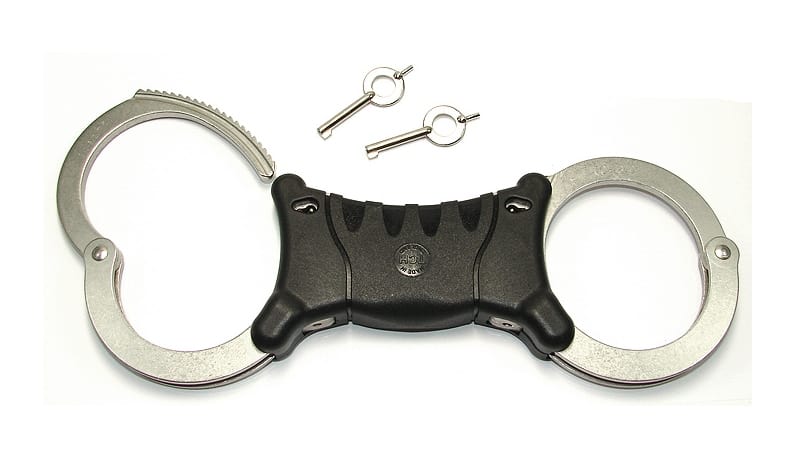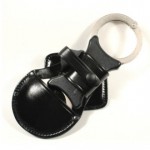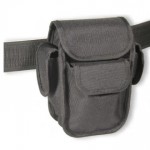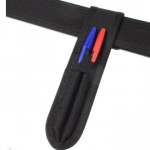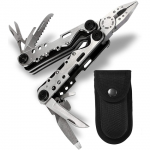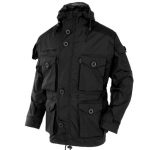Police Rigid Handcuffs
Every Officer is trained in the use of these rigid handcuffs and they are also issued to every Police Officer. However some people in security are also trained in the skilled use of this piece of high quality police equipment. Therefore you can buy these today at a reasonable price, and knowing the police like I do, they are probably cheaper than what your local force paid for them.
These TCH handcuffs are of really high quality and are standard issue to all front line police officers. Each part has been precision engineered which includes the ratchet locking system. These cuffs are also 17% larger in circumference than your standard models, so even the biggest of men can get handcuffed!!
What You Need to Know About Rigid Handcuffs
Police officers need reliable tools that can help them do their job safely and efficiently. One of those tools is rigid handcuffs, which are designed to be more secure than traditional handcuffs. In this blog post, we’ll look at what exactly rigid handcuffs are and why they’re so useful for law enforcement officers.
What Are Rigid Handcuffs?
Rigid handcuffs (also known as “tactical restraints”) are a type of restraint device specifically designed for use in high-risk situations. They are generally made from reinforced steel or aluminum and feature two hinged plates with a ratchet mechanism that allows the user to quickly and easily tighten the restraints around a suspect’s wrists. The ratchet mechanism also prevents the suspect from being able to loosen the restraints once they have been applied.
Why Are Rigid Handcuffs Useful?
The main benefit of using rigid handcuffs is that they are much more secure than traditional handcuffs, as it is much harder for suspects to slip out of them. This makes them ideal for restraining suspects in high-risk situations where there is an increased risk of escape or violence toward both the suspect and the officer.
Furthermore, because they don’t require any extra tools or keys to apply, they can be used quickly and easily when responding to a call. Finally, while traditional handcuffs may cause discomfort or even pain due to their design, rigid handcuffs are designed with comfort in mind and feature smooth edges that won’t dig into a suspect’s wrists during use.
Are There Any Drawbacks To Using Rigid Handcuffs?
While there are many benefits to using rigid handcuffs, there are also some drawbacks that must be considered before making the switch from traditional cuffs. For one thing, because they are made from metal, they can add extra weight in a police officer’s tool belt or duty bag—which can be cumbersome if carrying multiple sets at once.
Additionally, because most models require special training before use (in order for police officers to use them correctly), it can take time for officers to become comfortable with using them on a regular basis.
Finally, since most models have no built-in locking mechanism (aside from the ratchet), it can be difficult for officers to prevent suspects from loosening the restraints without some form of manual intervention (such as securing them with zip ties).
Conclusion of these Rigid Handcuffs
Rigid handcuff provide police officers with an invaluable tool when responding to high-risk calls; however, before switching over completely from traditional cuffs it is important for law enforcement personnel to consider the pros and cons of each option carefully in order to make an informed decision about which type best suits their needs.
With proper training and careful consideration of both types of restraint devices, police officers will be better equipped when responding to calls involving potentially violent individuals or dangerous situations where security is paramount.

